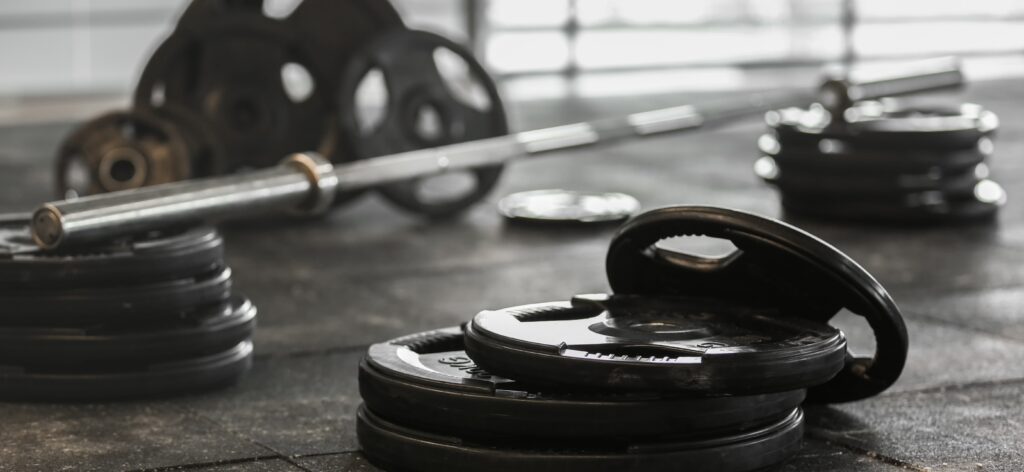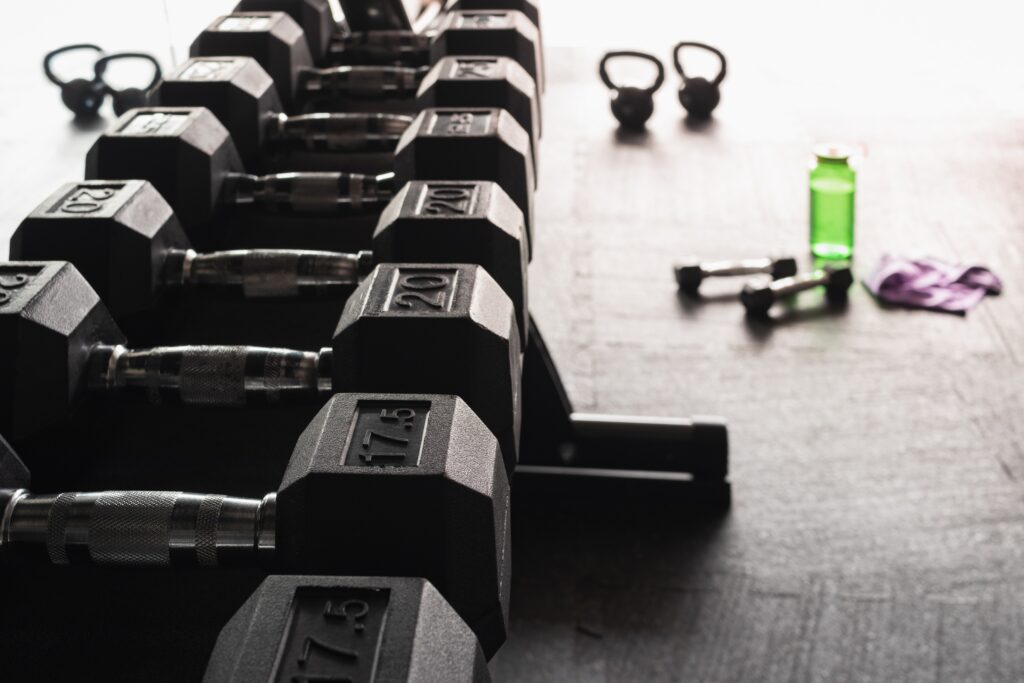There has been a long term belief in the fitness community that soreness or DOMS (Delayed onset of muscle soreness) is a good indicator of a successful gym session, but is this true?
Being sore after a workout is the side effect of your muscles trying to adapt to the new stimuli that you are presenting them with.
DOMS is a muscle soreness and stiffness that occurs 24-72 hours after training. It is a sore, aching, painful feeling in the muscles after unfamiliar and unaccustomed intense exercise. The idea is that the soreness you are feeling post exercise is ideal and a great indicator of gains to come in the form of muscle growth (hypertrophy) and will lead to an increase in overall performance. But what if I were to tell you that this indeed simply a myth?

Flann et al. conducted a study where they compared two groups, one pre-trained group and one naïve group, doing resistance training with the same workload. The pre-trained group initially followed a three-week ramp-up program to prepare their bodies for the same subsequent eight-week resistance program that both groups would follow together.
The results showed that both groups demonstrated significantly differing levels of muscle damage, with the pre-trained group having no demonstrable muscle damage throughout the eight weeks. However, the naïve group showed muscle damage well above normal levels and much greater levels of perceived muscle soreness. Even though the naïve group showed increased measurable muscle damage and perceived DOMS, both groups showed equal gains in quadriceps muscle size and strength. Concluding that muscle damage and elevated levels of perceived soreness are not required for gains in strength and hypertrophy, therefore disproving the notion of “no pain, no gain.”
A better way of measuring your workout effectiveness and “gains” is to employ the principle of progressive overload. Progressive overload simply means gradually challenging yourself more as you get stronger and increasing the intensity of the training stimulus.
Some examples of this include:
• increasing the weight
• increasing the number of reps you’re performing
• increasing the distance you run
Written by Physiotherapist, Adam Recsetar
References
Kyle L. Flann, Paul C. LaStayo, Donald A. McClain, Mark Hazel, Stan L. Lindstedt; Muscle damage and muscle remodeling: no pain, no gain?. J Exp Biol 15 February 2011; 214 (4): 674–679.

